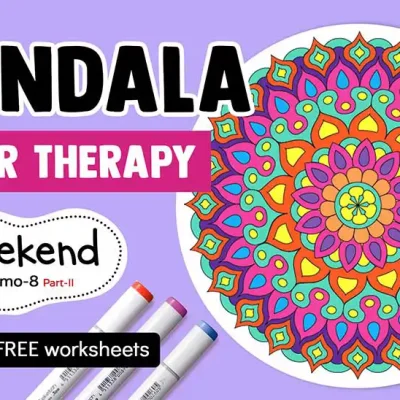
End of Content.
End of Content.
Today in this video, we’re diving into some basic drawing exercises that will help you strengthen your skills, build confidence, and enhance your creativity. Whether you’re just starting or looking to sharpen your technique, these exercises are great for all skill levels. Let’s explore what these exercises are, why they’re important, and the benefits they can bring to your artistic journey.
Basic drawing exercises are fundamental tasks or activities that help you improve your drawing abilities by focusing on core skills such as line control, shapes, proportions, and shading. These exercises typically involve repetitive practice and simple subjects that teach you to understand the fundamentals of drawing. Some examples include:
These exercises are like the building blocks of drawing, helping you get familiar with the medium and gain more control over your hand movements.
Basic drawing exercises are essential for learners because they lay the foundation for more advanced techniques. Here’s why they matter:
Engaging in basic drawing exercises has a wide range of benefits:
Now that we’ve gone over what basic drawing exercises are, why they’re important, and the benefits they bring, it’s time to start practicing! Remember, consistency is key, and every little bit of practice will make you a better artist. Happy drawing!
Today in this video, we’re diving into some basic drawing exercises that will help you strengthen your skills, build confidence, and enhance your creativity. Whether you’re just starting or looking to sharpen your technique, these exercises are great for all skill levels. Let’s explore what these exercises are, why they’re important, and the benefits they can bring to your artistic journey.
Basic drawing exercises are fundamental tasks or activities that help you improve your drawing abilities by focusing on core skills such as line control, shapes, proportions, and shading. These exercises typically involve repetitive practice and simple subjects that teach you to understand the fundamentals of drawing. Some examples include:
These exercises are like the building blocks of drawing, helping you get familiar with the medium and gain more control over your hand movements.
Basic drawing exercises are essential for learners because they lay the foundation for more advanced techniques. Here’s why they matter:
Engaging in basic drawing exercises has a wide range of benefits:
Now that we’ve gone over what basic drawing exercises are, why they’re important, and the benefits they bring, it’s time to start practicing! Remember, consistency is key, and every little bit of practice will make you a better artist. Happy drawing!



We offer a wide range of worksheets, including drawing worksheets, mandala worksheets, coloring pages, kids’ activity sheets, and step-by-step drawing video tutorials.
© 2025 vaareesaa.com